Researchers have discovered a shocking connection between air pollution and antibiotic resistance. A new study published in The Lancet Planetary Health outlines this link. Scientists found that particulate matter pollution (PM2.5) correlates with increased antibiotic resistance.
This discovery adds a new dimension to the known health risks of air pollution.
Did you know? The WHO estimates that 99% of the world’s population breathes air exceeding WHO air quality limits.
PM2.5: A Microscopic Menace in Air
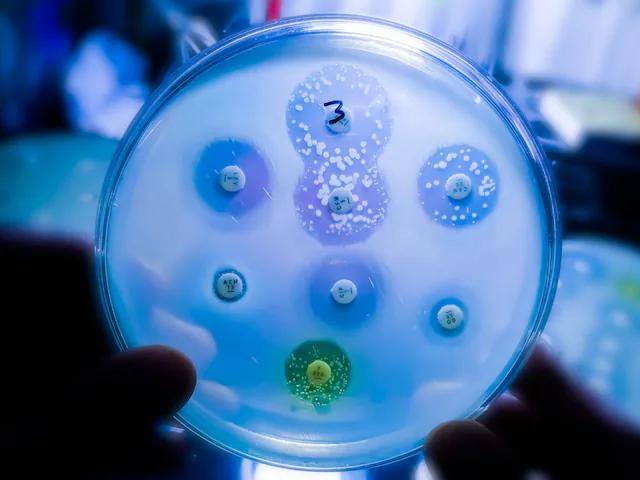
PM2.5 refers to tiny particles or droplets in the air. These particles come from various sources, including power plants, cars, and wildfires. The EPA classifies PM2.5 as a major pollutant.
These particles can penetrate deep into the lungs, causing numerous health issues. How exactly does PM2.5 contribute to antibiotic resistance?
Global Study Reveals Alarming Correlation
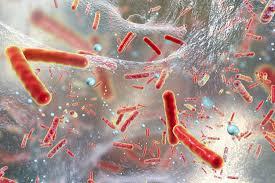
Researchers analyzed PM2.5 levels and antibiotic resistance in 166 countries. Their model indicated that PM2.5 is responsible for 11% of changes in average antibiotic resistance levels worldwide.
The study examined nine bacterial pathogens and 43 antibiotics. This comprehensive approach provides robust evidence for the link.
Did you know? The first antibiotic, penicillin, was discovered in 1928 by Alexander Fleming.
Air Pollution Increases Antibiotic Resistance
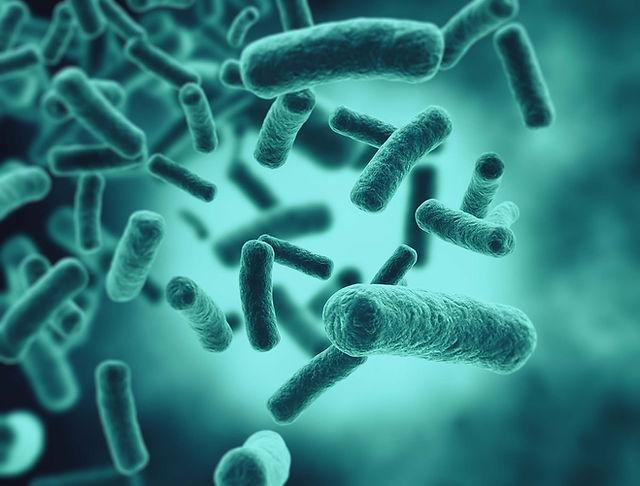
The study found that every 1% rise in air pollution links to increases in antibiotic resistance between 0.5% and 1.9%. This increase varies depending on the specific pathogen.
The findings suggest a direct relationship between air quality and bacterial resistance. This correlation could have significant implications for global health strategies.
What mechanisms might explain this relationship?
Twin Threats to Global Health
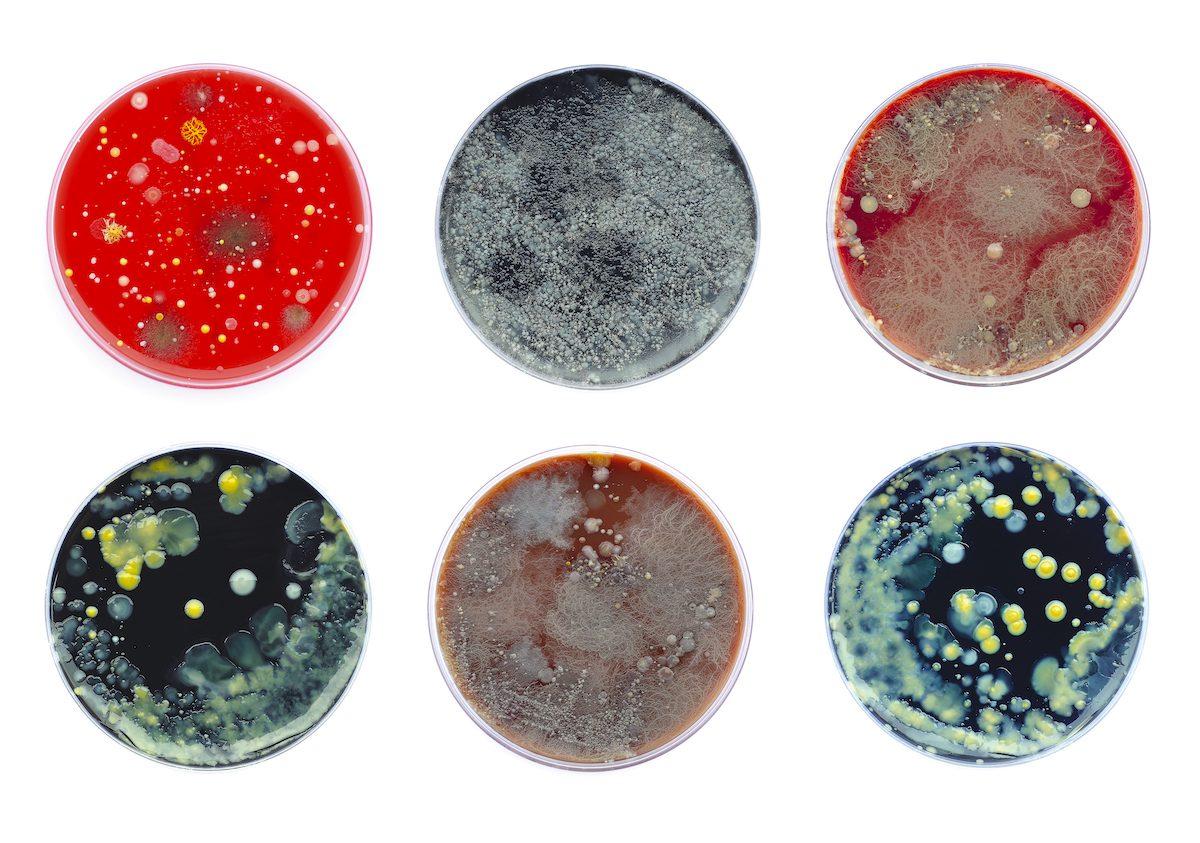
Experts consider both antibiotic resistance and air pollution major health threats. The WHO declared antimicrobial resistance one of the top 10 global public health threats. Air pollution causes an estimated 7 million premature deaths annually.
The combination of these threats could create a devastating health crisis.
Did you know? The first documented case of antibiotic resistance occurred in 1947, just four years after mass production of penicillin began.
Antibiotic Resistance: A Growing Crisis
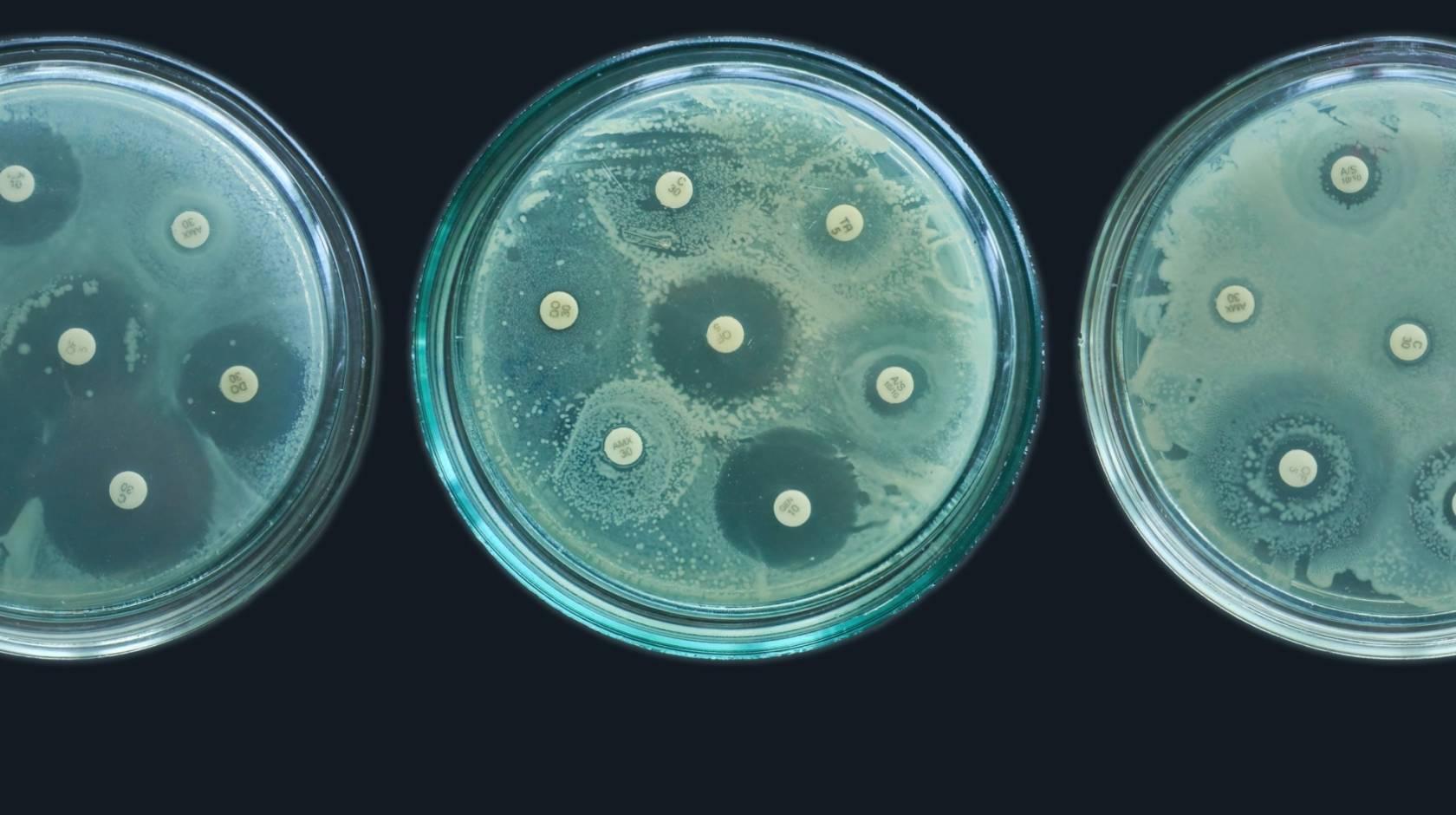
Antibiotic resistance is accelerating globally, causing an estimated 700,000 deaths annually. The UN considers it a “fundamental threat” to global health.
Without action, drug-resistant diseases could cause 10 million deaths each year by 2050. This crisis threatens to undermine decades of medical progress.
How can we combat this growing threat?
Projecting the Future of Resistance
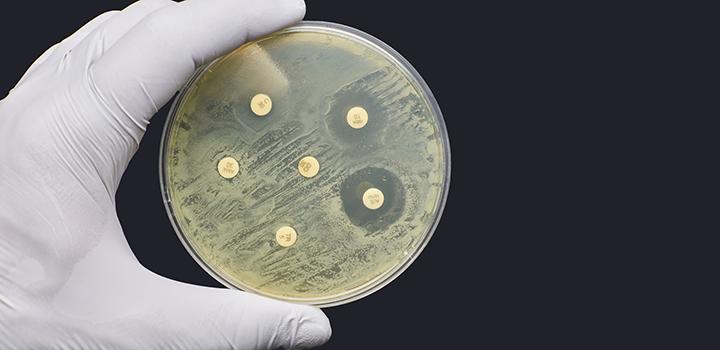
If PM2.5 levels remain constant, global antibiotic resistance could be 17% higher by 2050. This increase could lead to 840,000 people dying from previously treatable diseases
These projections highlight the urgency of addressing both air pollution and antibiotic resistance. Immediate action is crucial to prevent this potential health catastrophe.
Did you know? The discovery of new antibiotics has slowed dramatically, with only one new class approved since 2000.
Study Limitations and Future Research
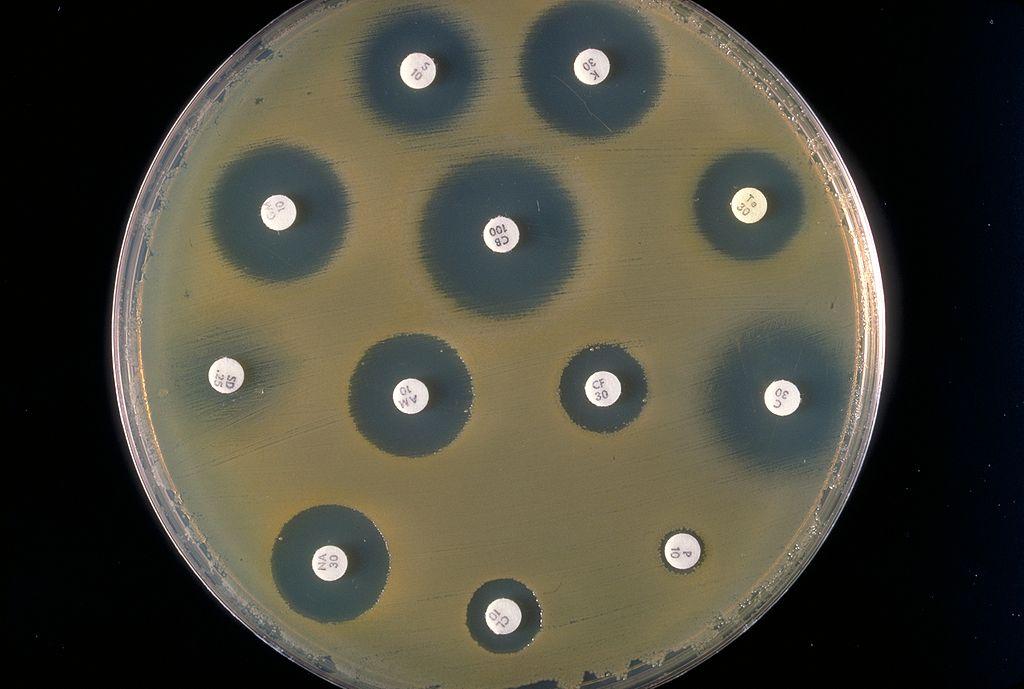
The current study is observational and requires further testing. Researchers acknowledge the need for more in-depth investigations. Future studies may explore the specific mechanisms linking air pollution and antibiotic resistance.
This research opens new avenues for understanding and combating antibiotic resistance.
What unexpected factors might influence antibiotic resistance?
Dual Benefits of Reducing Air Pollution
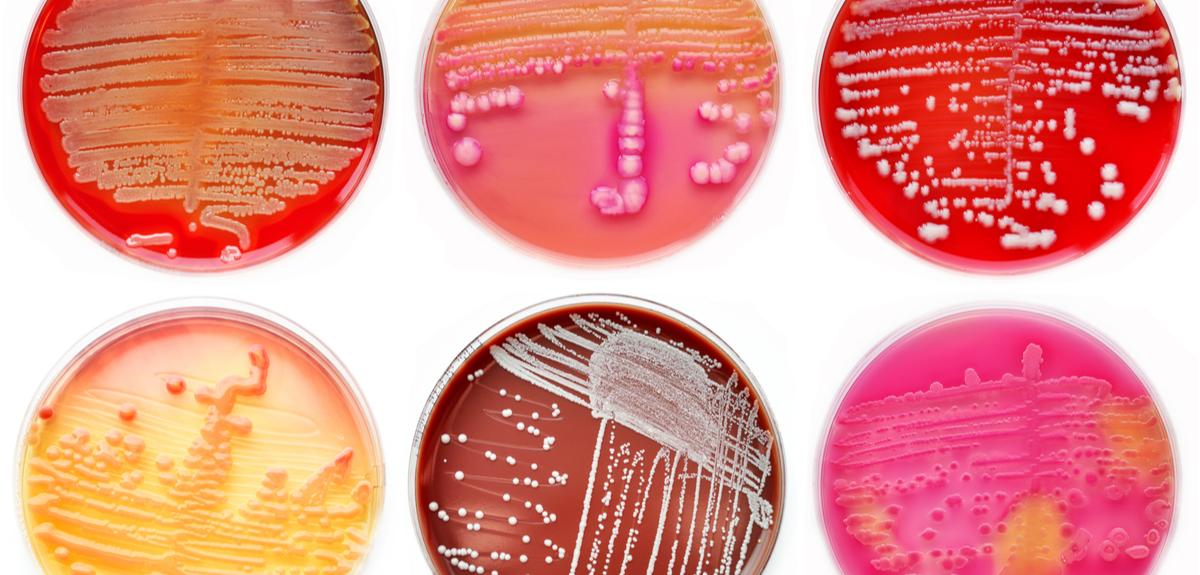
Reducing air pollution could have twofold benefits. It would decrease the harmful effects of poor air quality on health. Additionally, it might play a role in combating antibiotic resistance.
This dual impact underscores the importance of air quality improvement initiatives.
Did you know? China reduced its PM2.5 levels by 33% from 2013 to 2017 through aggressive air pollution control policies.
Global Action Needed for Cleaner Air
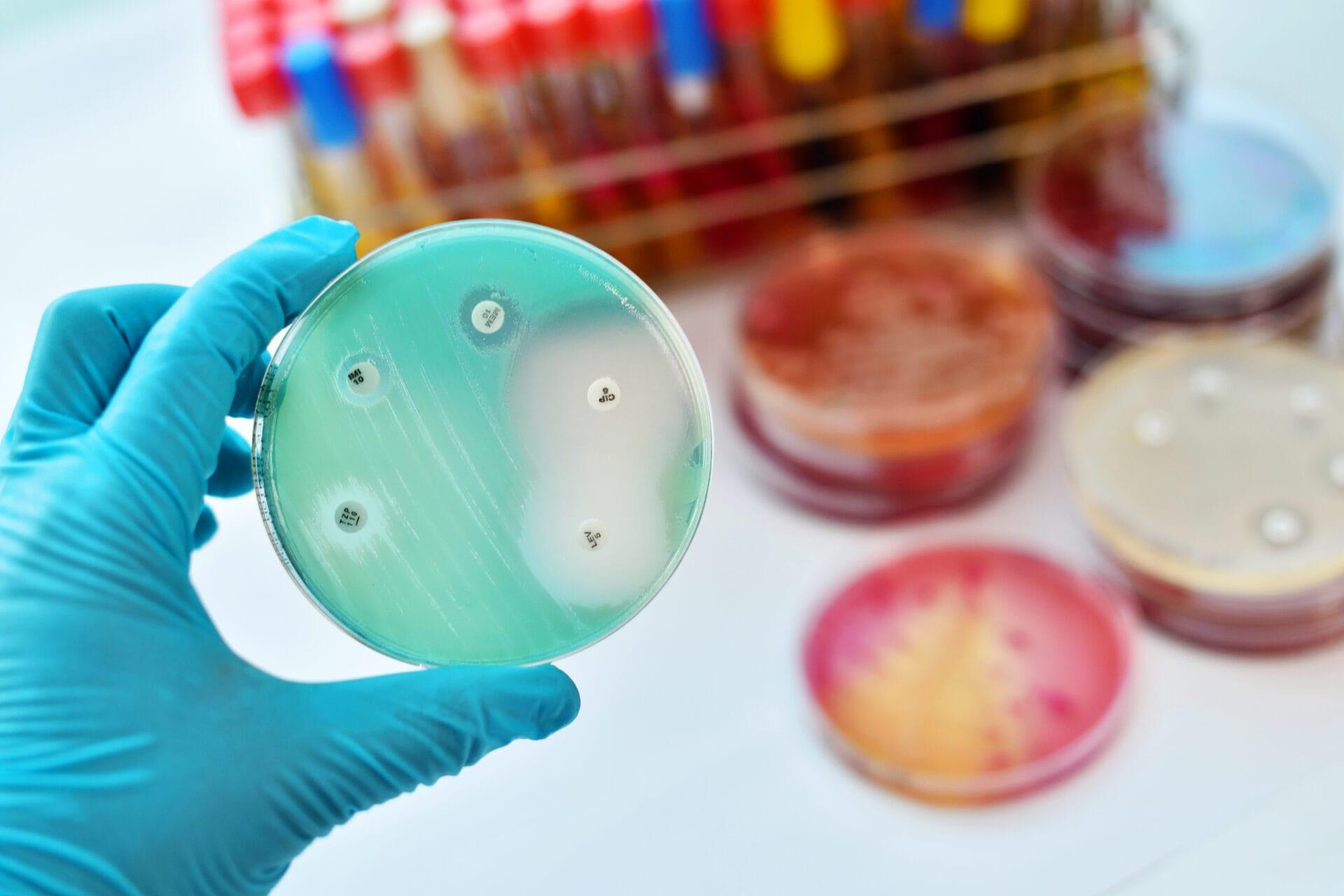
Policies to reduce particle pollution would benefit global health. The Paris Agreement aims to limit global warming, indirectly addressing air pollution.
Many countries have implemented stricter vehicle emission standards. These efforts require global cooperation and sustained commitment. What innovative solutions might emerge to combat air pollution?


